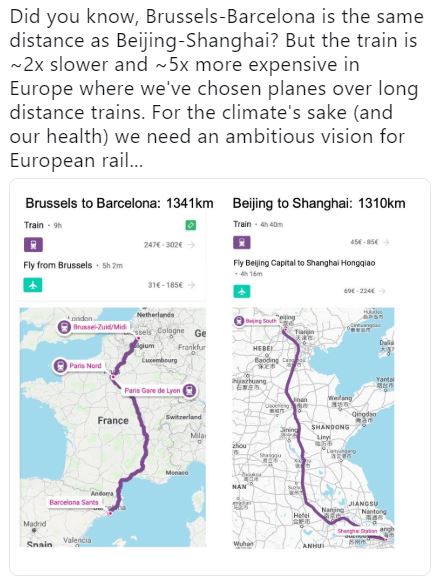It is commonly assumed that solutions to climate change are to be found in the realm of the natural environment. It is intuitive that decisionmakers and individuals focus on interventions such as the development of renewable energy sources, plant-based diets and the recycling of plastic in the process of adopting climate change mitigation strategies or more sustainable life styles. As a result, policies that have traditionally been labeled as part of the social equality and development discourse are rarely considered.
An example of a rather surprising but highly influential climate policy is the promotion of education for girls. This policy kills two birds with one stone and addresses three of the Sustainable Development Goals: quality education, gender equality and climate action. To put it into more economic terms, it appears that increasing education for girls might have positive externalities that we are unaware of. If these environmental benefits are quantified, funding could be provided by environmental governmental departments and NGOs and thereby supplement the resources already available through development aid. More resources available means a higher chance of a successful policy.
One of the most obvious advantageous characteristics of a society with more educated women is a reduced rate of population growth, because better education women tend to have less children. Classic authors such as Malthus (1798) [pdf] and Erlich (1968) have highlighted that our increasing human population will ultimately lead to the degradation of the natural environment. Hence, a stabilized rate of population growth will result in a quantifiable reduction of human pressure on the environment, for example by a reduction in carbon emissions, land use change rates and pollution.
Secondly, educated women will have skills that enable them to participate in the decision-making process and resource management. In the global South, women are largely responsible for the collection of raw materials such as fuelwood and play a central role agricultural production due to the persistence of traditional gender roles. Decisionmakers will miss out on gendered knowledge about these resources by excluding women from the decision-making process and thereby reduce the effectiveness of mitigation policies. Moreover, management strategies proposed by women might be more sustainable, as women’s needs are generally more closely related to the preservation of nature. For example, the conservation of forests is essential for the collection of fuel wood.
Nevertheless, the relationship between education, women’s representation in decision-making bodies and environmental sustainability is complex. Patriarchal norms are resilient in many societies and even if chances to participate increase by education, women’s voices may not be heard [pdf]. Additionally, one should keep in mind that women are not a homogenous group. Other factors such as class and race also come at play, and it is unclear how women’s education interacts with those variables. Therefore, it is challenging to quantify the role of increased women’s education in effective and sustainable resource governance.
Bottom line: Education of girls does not only affect social equality, but also has a positive impact on the state of the natural environment. Two important dimensions of these positive environmental externalities are a decrease in carbon emission due to reduction of population growth, and resource management that is more focused on conservation. However, social norms about gender are powerful, which might decrease the effectiveness and benefits of this policy.
* Please help my Environmental Economics students by commenting on unclear analysis, alternative perspectives, better data sources, or maybe just saying something nice :).






